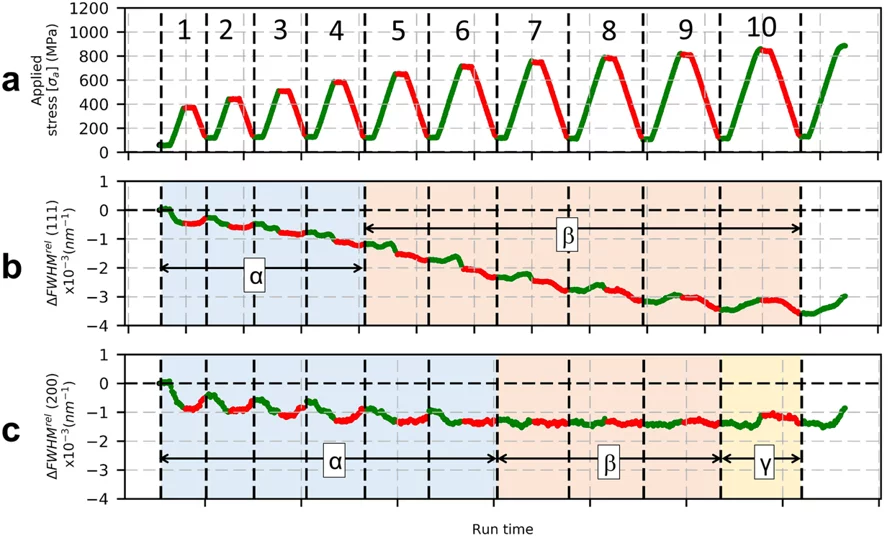The objective of this work is to understand strengthening and reduction of ductility in nickel microwires with reduction in diameter via high-energy synchrotron X-ray diffraction (XRD). Tensile tests on Ni microwires are performed in combination with XRD to derive the deformation mechanisms taking place in the different grain families. These mechanisms are discussed in view of the initially observed microstructure (grain size and crystallographic micro-texture) and the effect of diameter change by electropolishing. From these results, guidelines are proposed to tailor the strength and ductility of Ni microwires, these considerations being general enough to be extended to other FCC metals.
Contact
Steven Van PetegemPhotons for Engineering and Manufacturing Group
Paul Scherrer Institut, Villigen, Switzerland
Telephone: +41 56 310 2537
E-mail: steven.vanpetegem@psi.ch
Ludovic Thilly
Institut Pprime
Université de Poitiers, Futuroscope, France
E-mail: ludovic.thilly@univ-poitiers.fr
Original Publication
Revealing the role of microstructure architecture on strength and ductility of Ni microwires by in-situ synchrotron X-ray diffractionRavi raj purohit Purushottam raj purohit, Abhinav Arya, Girish Bojjawar, Maxime Pelerin, Steven Van Petegem, Henry Proudhon, Soham Mukherjee, Céline Gerard, Loïc Signor, Cristian Mocuta, Nicola Casati, Satyam Suwas, Atul H. Chokshi, Ludovic Thilly,
Scientific Reports 9, 79 (2019)
DOI: https://doi.org/10.1038/s41598-018-36472-3
